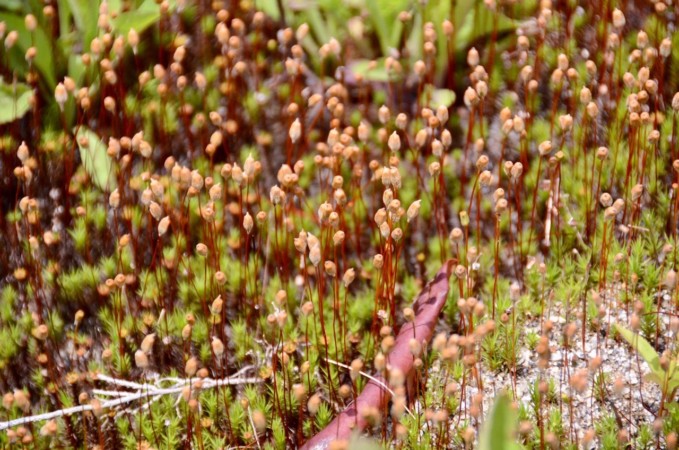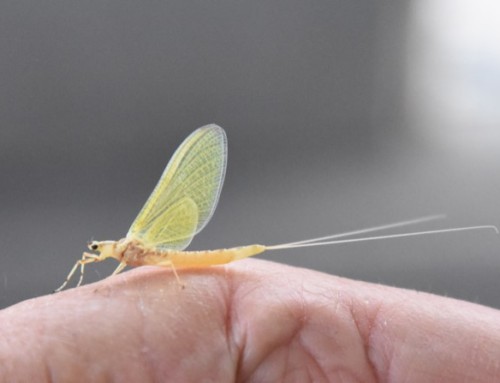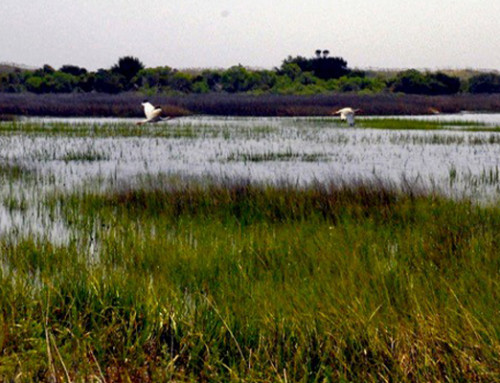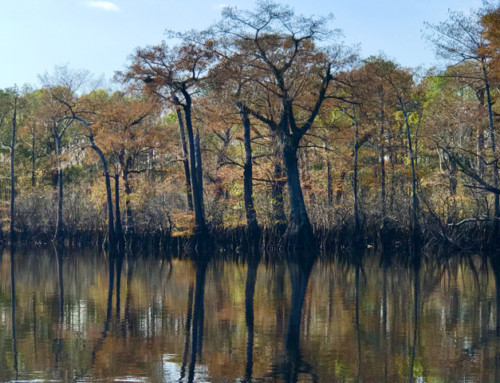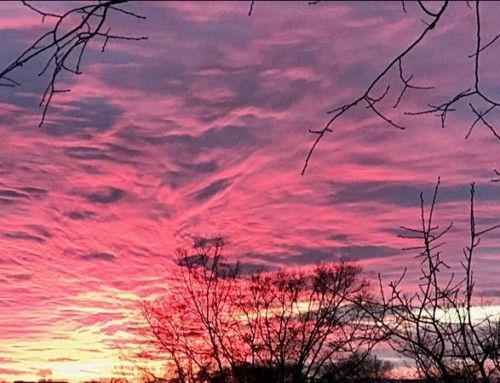A Photo Series from NC photographer and naturalist Tom Earnhardt
The Value of Community
As our daily routines have changed dramatically over the past 12 weeks, in North Carolina and across the nation, many of us have taken time to reassess the priorities in our lives. We have weighed risks to our health and the health of family members against the need to restart our businesses and the state’s economy. If we are honest, we know that the burdens of this pandemic have not been shared equally. It has disproportionately affected the elderly, members of the medical community, people of color, and small business owners. In assessing our own needs and priorities, we must not look away from those impacted the most.
In the midst of suffering and economic travail caused by a microbe, we find it difficult to comprehend intentional acts of inhumanity and brutality toward others. Yet, with the senseless death of George Floyd, a man born in North Carolina, the nation is again reeling from the loss of innocent life. His life was taken in Minnesota, but it has shaken our state and nation. Although we have grown weary of the anger and pain caused by racism and inequality, we must not look away.
Just as scientists and the medical community are fighting to control the spread of this easily transmissible virus, the legal system and all people of goodwill must unite to eradicate the headwinds of racism that restrict and diminish the opportunities of Black Americans. For too long, anger, fear and hate have hobbled America, and we have all suffered. If the pandemic has taught us nothing else, it is that we must all pull together. We are one community, on one small patch of earth, and we depend on each other.
I do not know the farmer who provides my milk and cheese, and do not know if he looks like me, but I depend on him. When I arrive at RDU Airport to begin a journey, I do not know if the pilot of the airplane will be of Asian, African, or European descent, but I depend on her. The doctors, nurses, and technicians who care for me when I am ill, represent the spectrum of ethnicities and religions. I depend on them.
In my work as a writer/naturalist, I have more opportunities to see wild lands in North Carolina than most people. To the uninformed observer the wild places in the far corners of our state may appear to be random assemblages of trees, rocks, insects, fish, water, birds, fungi, and wildflowers. A closer look at any wild place—a coastal marsh, longleaf pine savanna, Piedmont hardwood forest, rocky cliff, or a waterfall—will reveal a community.
In fact, across North Carolina you’ll find hundreds of “natural communities.” These are distinct collections of plants and animals associated with each other in their physical environment. When the same conditions occur in other locations, you will find similar assemblages of living things. In a natural community, each component plays an important role in the success of the community. The larger creatures and larger trees are important, but they, too, are dependent on smaller, equally important players.
This past week, in southeastern North Carolina, I was in a wetland within a Carolina Bay surrounded by several species of “colonial birds”—herons, egrets, anhingas, and storks—living in harmony, and often in the same tree. They are bound together because of location, temperature, suitable trees, water conditions, fish, frogs, insects, turtles and surprisingly, alligators. The alligators help control potential predators in the wetlands under the cypress trees where the birds nest. Miraculously, this unlikely assemblage of components and players forms a vibrant natural community.
When a natural community is damaged, or missing important components, it will begin to break down. When this happens even the largest and strongest members of the community will not thrive, and may not survive. The same lessons from the natural world also apply to us: we must recognize that everyone around us has value and importance. We depend on them.
I believe that each of us has an obligation to the next generation, and that our children and grandchildren will remember us for the choices we make today. We will set priorities relating to our health and the health of our businesses, but more importantly, we must all make choices about the direction of our state and nation. On the horizon, I see only one safe direction. I choose to live in a community and country where equal justice, opportunity, education, safe streets, and wild places are the birthrights of every child. From this obligation, I will not turn away.
Wishing you health and strength as we build a stronger North Carolina,
Tom
It’s easy to assume that large birds like this wood stork (Photo #1) and great egret (Photo #2) are the main attractions in the cypress trees.


A closer look will reveal that in this North Carolina natural community, packed together, there are a number of other spectacular birds, including anhingas, smaller egrets, and herons. (Photo #3)

Play close attention because many communities have members or “players” you would not expect, such as this alligator which helps control raccoons and other predators in large rookeries. (Photo #4)

I found this beautiful broad-headed skink (Photo #5), one of the largest lizards native to the Southeast, in humid oak/hardwood forest at Umstead State Park.

I photographed the lizard in Umstead State Park (Photo #6), while being watched by a family of whitetail deer, also part of the same forest community (Photo #7).


Natural communities are not always easy to identify. In moist high, rocky outcrops of the Blue Ridge, natural communities may include tiny 1-inch forests of moss and lichens (Photo #8). On the same wet rock outcrop there was a beautiful mat of granite dome St. John’s wort (Photo #9). These images were taken near the Blue Ridge Parkway south of Asheville at 5,000 feet.


Some elements of a natural community are actually “requirements.” Without pawpaw (Photo #10) in the understory of a Tar Heel forest, you will not find the zebra swallowtail (Photo #11), one of my favorite butterflies. This photo was taken in Dismal Swamp State Park.


This spartina marsh (smooth cordgrass) behind Core Banks is the centerpiece of a natural community. Its home to many nesting birds, including laughing gulls (Photo #12), terns, rails, and oystercatchers (Photo #13). Here you’ll also find periwinkle, snails, crabs and mussels. Every player in the salt marsh community is important!


All photos in this series are by Tom Earnhardt. Narration by Tom Earnhardt except slight editorial corrections

